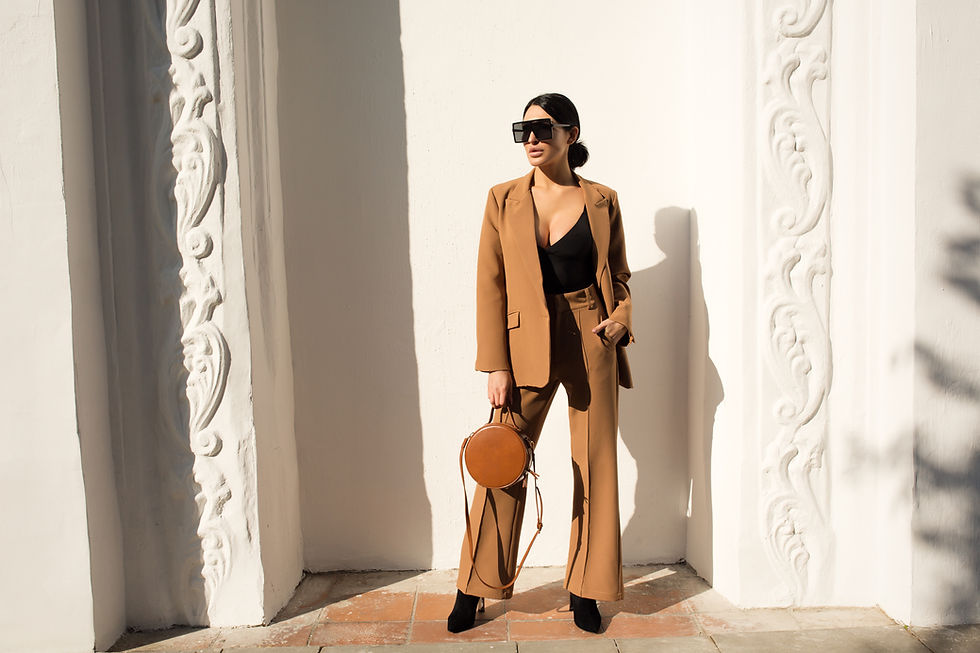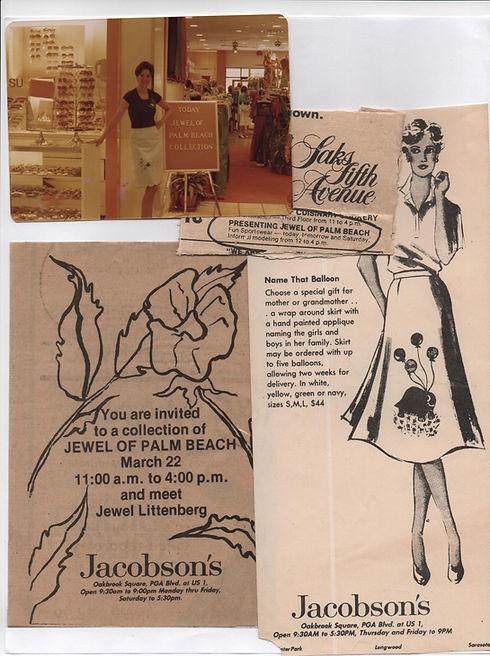
Jewel Institute of Fashion
The purpose of the Jewel Institute of Fashion founded by Jewel Littenberg and Uwe Westphal, will be to provide inspiration for all, about the world of clothing design, with a primary focus on reaching out to young people. The Institute will present a realistic overview as well as insight into various aspects of the industry. Whether students plan to become clothing designers, illustrators, writers or models, the Institute will provide them with an array of opportunities to learn about the fashion industry and hear from people who have been successful in the industry. A significant effort of the Institute will be to recognize and encourage the talents of all students, but especially those who are economically challenged and have interests in the fashion industry as careers. .

Jewel Littenberg is an award-winning fashion designer, portrait artist and entrepreneur who has received recognition for her accomplishments by "Who's Who of American Women" ;"Two Thousand Notable American Women"; "International Who's Who of Professional and Business Women",and recent recipient of the "Who's Who Lifetime Achievement Award" . She has a degree in fine arts from the Rochester Institute of Technology and a degree in fashion from the Traphagen School of Fashion. Upon graduation, prior to returning to New York City where she became an award-winning beading and embroidery designer, she established Jewel Originals in Rochester, NY where she designed and made clothing for an elite clientele as well as costumes for a TV show. Many of her beading and embroidery designs appeared in the collections of Oscar de la Renta, Dior, Estevez, John Weitz and other highly recognized designers, as well as in Vogue and Harper Bazaar magazines. In 1975. with a $100 investment she created “Jewel of Palm Beach”. Her sun porch became her workroom where she began creating samples of hand painted and appliqued sportswear which she sold to local shops. Within a few years she was selling to major department and specialty stores such as Saks Fifth Avenue, Neiman Marcus, Sakowitz and others throughout the United States, Japan and South America. She moved from renting to owning her building which in addition to manufacturing, added a retail division and factory outlet which was selected as “one of the best in the country”.


